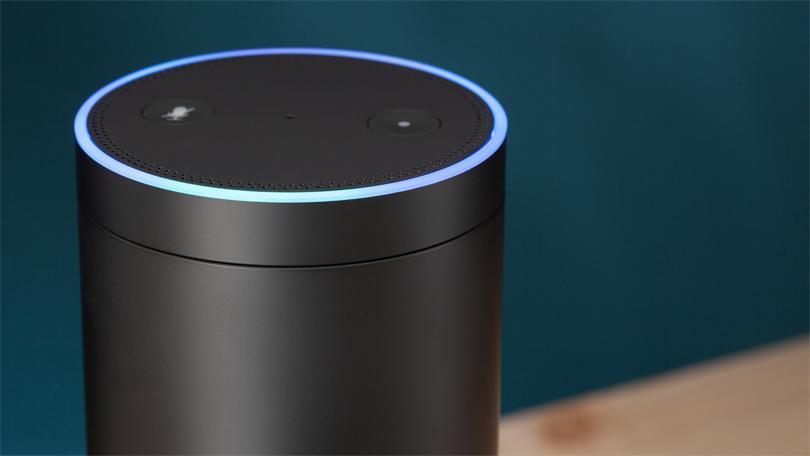Voice assistants, a new element redefining email design

Smart assistants are increasingly becoming part of our daily lives. They now allow us to activate different devices in our home, do voice searches, make purchases, be alerted about tasks to be done when we get home and even read our email.

Among these features, Amazon announced a new update to its voice assistant. Alexa which will allow us to ask you to read our emails. It is currently only available in the EU, but is expected to arrive in Spain soon, just as Google Home is also expected to integrate this functionality soon.
How does it work?
Once we have connected it to our email account, we can ask Alexa the following: "What do you want to do with Alexa?check my email" o "read my email". Alexa will tell us how many unread messages we have received in the last 24 hours. It will then report on them one by one. It will start with the most recently received message and indicate the sender's name and subject line. Then Alexa will ask us whether we want it to read the text of the email, reply to it, delete it or archive it.
If we are waiting for an email from a specific person, we can ask the following question: "Alexa, did I receive an email from [contact]? If that email has not yet arrived, Alexa will offer to set up a single notification. This way, once the email arrives, you will inform us immediately.
The update also makes it possible to distinguish between the importance of messages received based on the criteria the user has set for his or her account, thereby Alexa will prioritise the most relevant emails.
More advanced functions such as tagging, folder creation and others do not seem to be supported. It is also not possible for Alexa to create and send a new email from scratch. At the moment it is only a response support.
Which providers are supported?
Initially, Gmail, Microsoft Outlook, Hotmail and Live.com are the only supported email providers. If the feature proves popular, support for more services will probably be added.
What does the use of this new tool mean for email design?
Email professionals don't have to do anything new to make the emails they send accessible to voice assistants. We simply need to focus on using the best practices that should already be standard in our email marketing. So designing an accessible email is no longer just a good idea, it is a priority in this context.
And what elements do we have to take into account to create an auditory dialogue between us and our client?
- The issue. We should consider how it might sound to the human ear and not necessarily how it would look. As always, we will opt for a concise, direct and catchy subject line, but try not to rely on visual cues or special fonts (emojis, strikethrough, censored words through stars, etc). In this context, they will no longer offer a fun and different touch to the email because the voice assistant will not be able to interpret them correctly.
Since users will not see any text or images (they will only hear the sender's name and subject line), they will have little information to determine whether they want to read the email, save it for later or delete it. Therefore, promotional emails will have a more restricted audio range to attract attention and avoid deletion. In conclusion, subject lines will need to be more compelling than ever.

- The pre-header. As we have already mentioned, Alexa and Siri will use the header text before reading emails. So we must consider, once again, optimising the text for audio. Calls to action that do not require physical interaction should be included.
- Discard the no reply. Now that Alexa allows you to respond immediately upon hearing your voice, the strategy of not allowing the user to respond is even worse. We need to make sure we are using an email address to encourage recipients to respond, which allows for true one-to-one interaction.
- Do not use images to tell a story. A well designed and relevant photo can do a lot for an email, but if your subject line doesn't grab the reader enough to make them want to save the message and actually see it, the image will never be seen. Make sure there is enough text in the email to get the message across.
- Test emails before implementing them. If we are not used to having a preview header for the audio presentation, it will be important that we test the email to make sure that the preview in the inbox looks correct. Every time we try something new, testing will be key.
In short, it is necessary to adapt and be in line with new technologies so that our email marketing offers the content we want, while our subscribers consume it in the way that best suits them.
